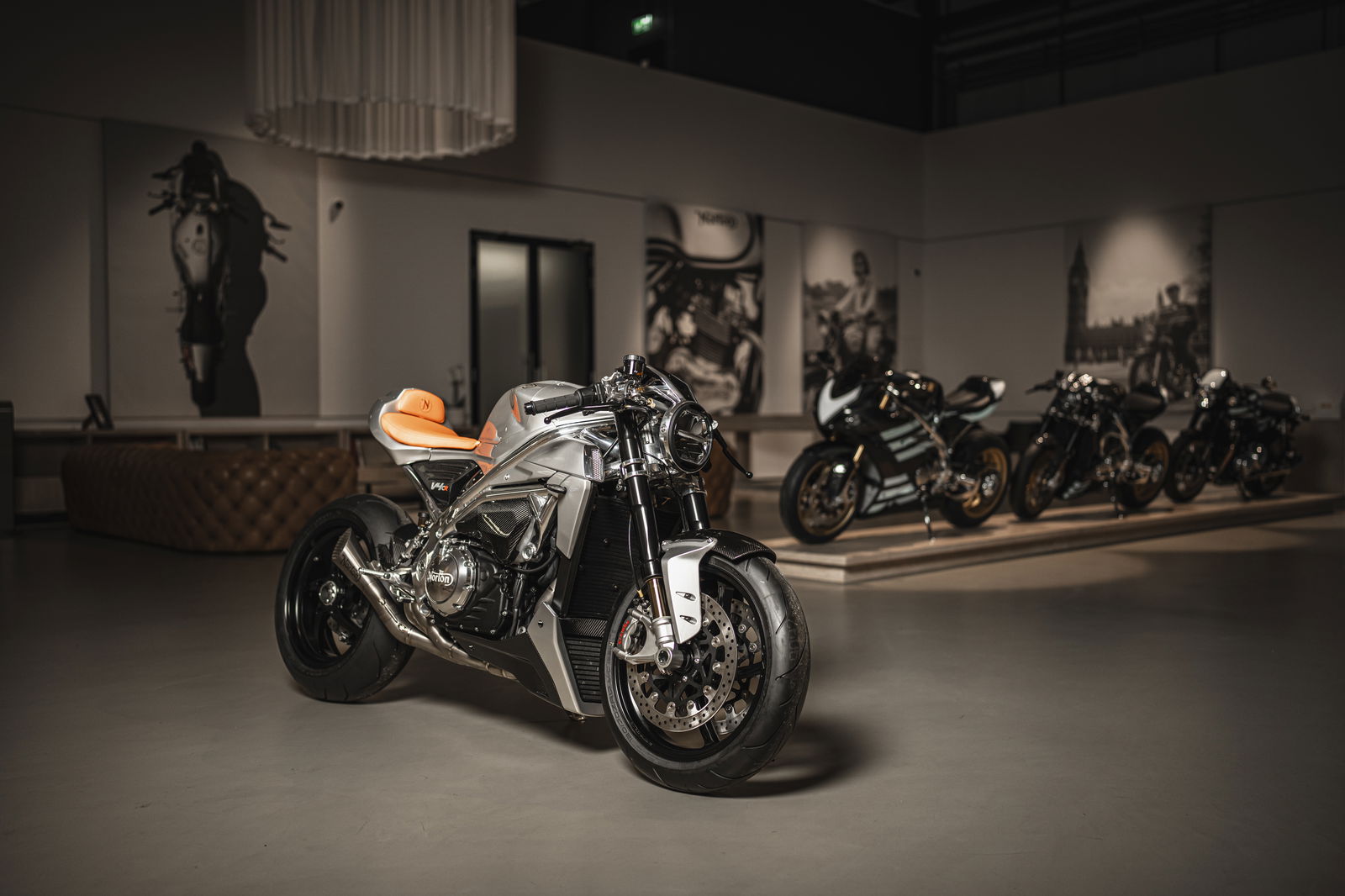Kawasaki Shows Why Hydrogen Motorcycles Don’t Work
At the Suzuka 8 Hours motorcycle race last weekend, Kawasaki debuted its prototype electric sports bike
.jpg?width=1600&aspect_ratio=16:9)
The Suzuka 8 Hours motorcycle race might be most famous for the, you know, eight-hour motorcycle race — the most important singular race in all of motorcycling — but Kawasaki has taken the limelight for the second time in three years for a radical motorcycle that has nothing to do with the race.
As in 2022, when Kawasaki showcased its then-prototype electric naked and sports bikes, and its faired hybrid motorcycle, the Akashi marque turned up to Suzuka, a circuit owned by Honda, with the most radical motorcycle there.
And it wasn’t even in the race. Not because there weren’t radical motorcycles in the race, though — the experimental class had a factory Suzuki entry, which in 2024 is pretty radical on its own, but this particular GSX-R1000R had tiny front wings, non-fossil fuel, and recycled carbon fibre for its bodywork.
.jpg?width=1600)
Find all the latest motorcycle news on Visordown.
Despite the importance of the 8 Hours to Japanese manufacturers in particular, Kawasaki was not competitive at any stage in the race, its #11 Trickstar entry struggling to crack the top 10 before it eventually retired, and its eventual best-finisher, the #3 KRP machine, down in 16th, which was eight places and three laps behind that experimental-class Suzuki.
Fortunately for Kawasaki, its marketing was done elsewhere by its new internally combusting hydrogen bike — as in, it has an internal combustion engine fuelled by hydrogen, rather than a hydrogen fuel cell producing electricity to drive the wheels.
First shown at a conference in Japan last year, the hydrogen bike (which Kawasaki refers to simply as “hydrogen ICE motorcycle) is based on the Ninja H2 SX supercharged sports tourer, and was demonstrated for the first time in-motion at Suzuka last weekend.
The most obvious thing about the bike is its size, because this thing rivals pretty much anything else on two wheels for sheer scale of being. Most of the size is there to create space for, you guessed it, fuel. Hydrogen, being fairly un-dense, requires quite a lot more storage space than, say, an equivalent amount of petrol. And, for that, you get less energy efficiency, meaning you add all the storage and get less-far. It’s not a great equation, and the presence of Kawasaki’s prototype shows it pretty starkly.
Now, of course, this is just a prototype, and therefore there is the caveat that continued development could see an improvement in efficiency and therefore, potentially, a decrease in the amount of storage space for the fuel and a resultant reduction in the size of the motorcycle. But, burning hydrogen is hardly new, and even despite Toyota’s large enthusiasm even car manufacturers can’t yet find the practicality in burning hydrogen to get from lights-to-flag, or from your front door to the shop.

